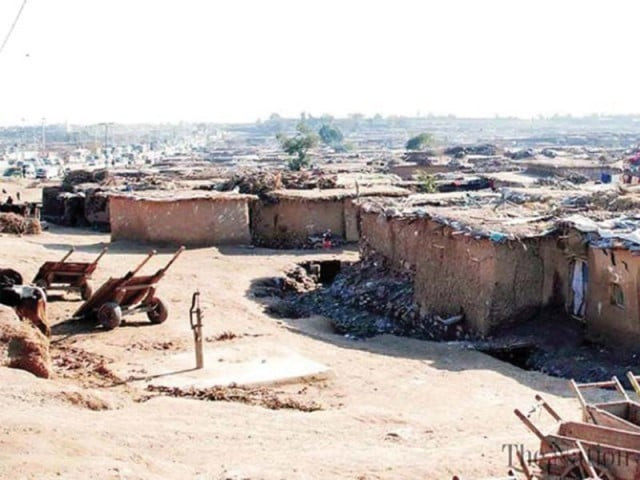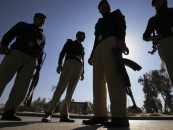As population grows, katchi abadis in Karachi shrink
In Karachi, he said that there has been unprecedented growth in the population from 1991 to 2015

He was speaking on 'Urbanisation Trends in South Asia: The Case of Karachi' at the first session of the Fourth International Karachi Conference on Saturday. According to Hasan, smaller units are being constructed, which are affordable for people living in such settlements, where six to 10 persons can reside in a single room.
Rapid urbanisation: Architects want CDA to revisit capital’s master plan
No Sindh Building Control Authority rules or regulations are followed in such constructions. In such housing schemes, he said that there is freedom to stay away from home for the children and one of the main issues is of toilets, for which, he said that the House Building Finance Company Limited has started giving specific loans.
Issue of migration
In Karachi, he said that there has been unprecedented growth in the population from 1991 to 2015. Earlier, according to him, from 1951 to the 80s, people from stable societies, which had a functioning community systems of governance, migrated to Karachi. However, for the present migration, he said that people are coming from societies where communities' governance systems have collapsed . The village today is entirely dependent on urban produced goods, which the poor cannot afford, and thus, he said that migration remains the only option. "The population has increased by 600% since 1943, which the village economy cannot absorb," Hasan explained.
Unplanned urbanisation: Rawalpindi spiralling out of control
The new low-income migrants, he said are coming to an unwelcoming city where no social housing or regularisation of new settlements is promoted, unlike before. The housing demand in Karachi, according to Hasan, is 120,000 units per year, whereas the formal sector housing supply - on average over the last five years - is 42,000 units per year and accommodation in katchi abadis is only 32,000 units per year. "The remaining accommodation is done through densification of existing homes and by increasingly squatting on pavements, under bridges and flyovers and open spaces. This did not happen before," he said.
Published in The Express Tribune, December 11th, 2016.



















COMMENTS
Comments are moderated and generally will be posted if they are on-topic and not abusive.
For more information, please see our Comments FAQ